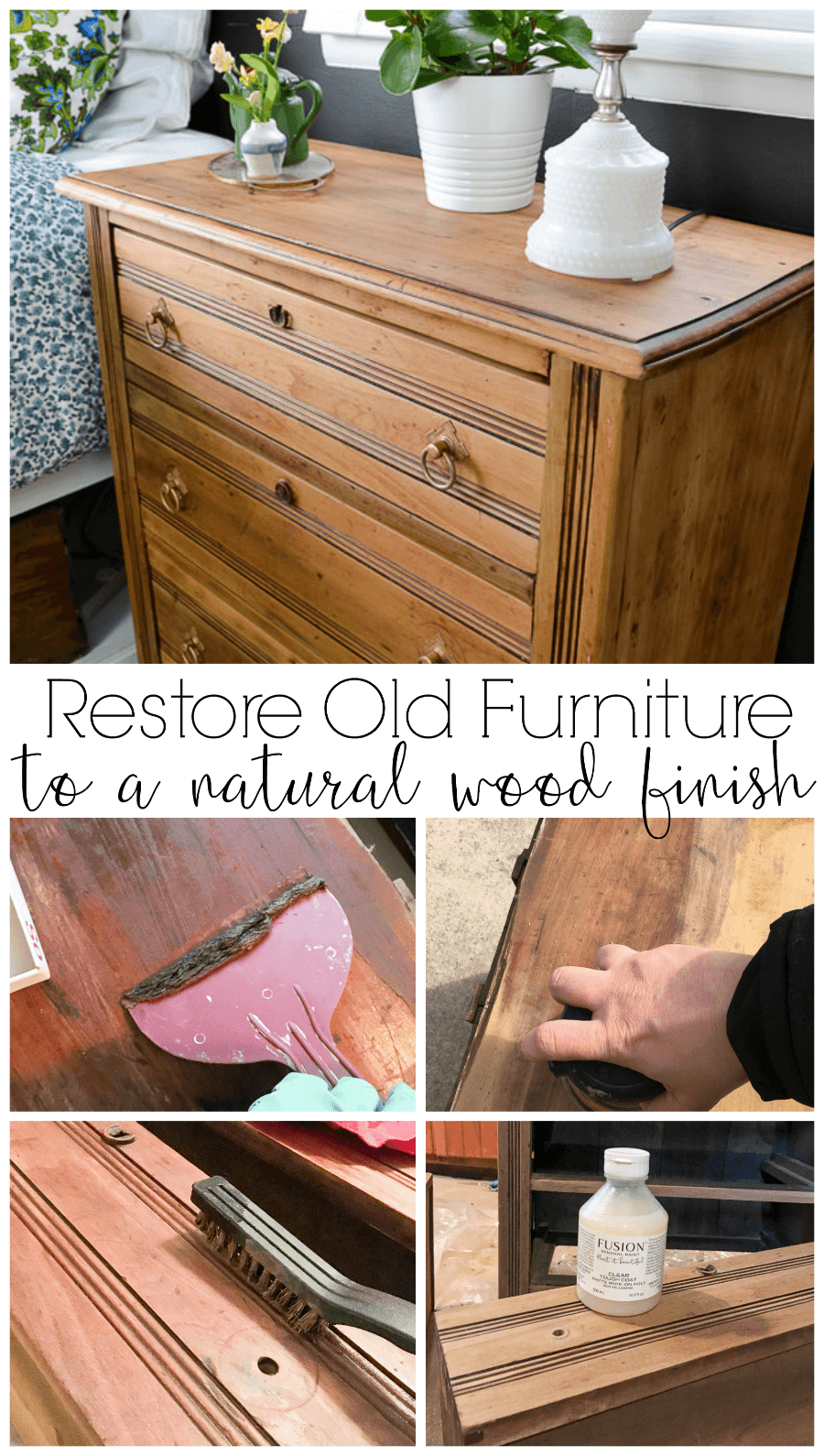Restore Finish On Antique Furniture

Restore Finish On Antique Furniture
Understanding Antique Furniture
Antique furniture is the term for any piece of furniture that is at least 100 years old. It can be made from a variety of materials, including wood, metal, and more, and usually features intricate carving, inlays, and other decorative details. Antique furniture can be found in many different styles, ranging from traditional to modern, and is highly sought after by collectors and antique enthusiasts. Knowing how to properly care for and restore antique furniture is essential to preserving its beauty and value.
Cleaning and Preparing
When restoring antique furniture, the first step is to thoroughly clean the piece. Start by vacuuming the furniture to remove any dust or debris that has accumulated. Then use a damp cloth to wipe down the surface, making sure to get into all the nooks and crannies. If the furniture is particularly dirty or has been exposed to years of buildup, you may need to use a mild soap and water solution to clean it. Once the piece is clean and dry, it’s important to inspect it for any damage or signs of wear and tear.
Sanding and Stripping
Once the furniture is clean, you’ll need to sand it to remove any old finish. Start by using a medium-grit sandpaper to remove any dirt, grime, or old finish. Once the sanding is complete, use a fine-grit sandpaper to smooth out any rough spots. Depending on the age and condition of the furniture, you may need to strip off the old finish. Stripping can be done with a chemical stripper, or you can use a heat gun to soften the finish and scrape it away. Be sure to wear protective gear, such as goggles and gloves, when stripping the finish.
Staining and Finishing
Once the furniture is sanded and stripped, it’s time to start staining. Stains come in a variety of colors, so you can choose the one that best matches the look you’re going for. When staining, be sure to use a brush to evenly apply the stain. After the stain is dry, use a sealer to protect the finish. A good sealer will help preserve the look and finish of the furniture for many years to come.
Repairing Damaged Areas
If the furniture has any damaged areas, you may need to repair them before staining and finishing. Depending on the extent of the damage, you may be able to repair small scratches and chips with wood filler. For more extensive damage, such as cracks and loose joints, you may need to use wood glue or other adhesives to fix the problem. If the damage is beyond repair, you may need to replace the affected parts.
Maintaining the Finish
Once your furniture is restored, you’ll need to take steps to maintain the finish. Start by dusting the furniture regularly to prevent dirt and dust buildup. You should also wax the furniture every few months to keep the wood looking its best. Be sure to use a wax specifically designed for antiques, as regular wax can damage the finish. Finally, make sure to use coasters and placemats when placing items on the furniture to prevent scratches and other damage.
restore antique and vintage furniture to natural wood finish the easy

Restoring Old Furniture – Tips To Consider - Home Vanities
How To Refresh And Restore Antique Furniture | Antique bedroom

Antique Furniture Restoration - Vintage Furniture Reupholstered
